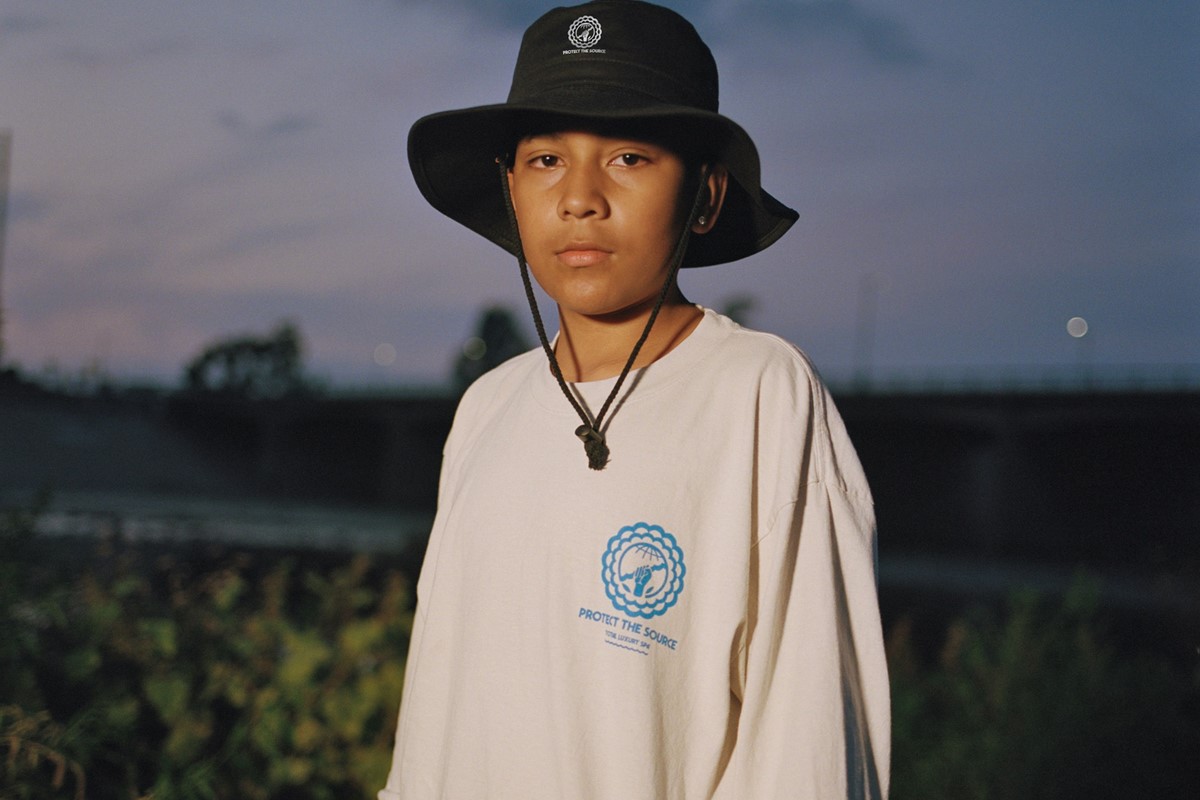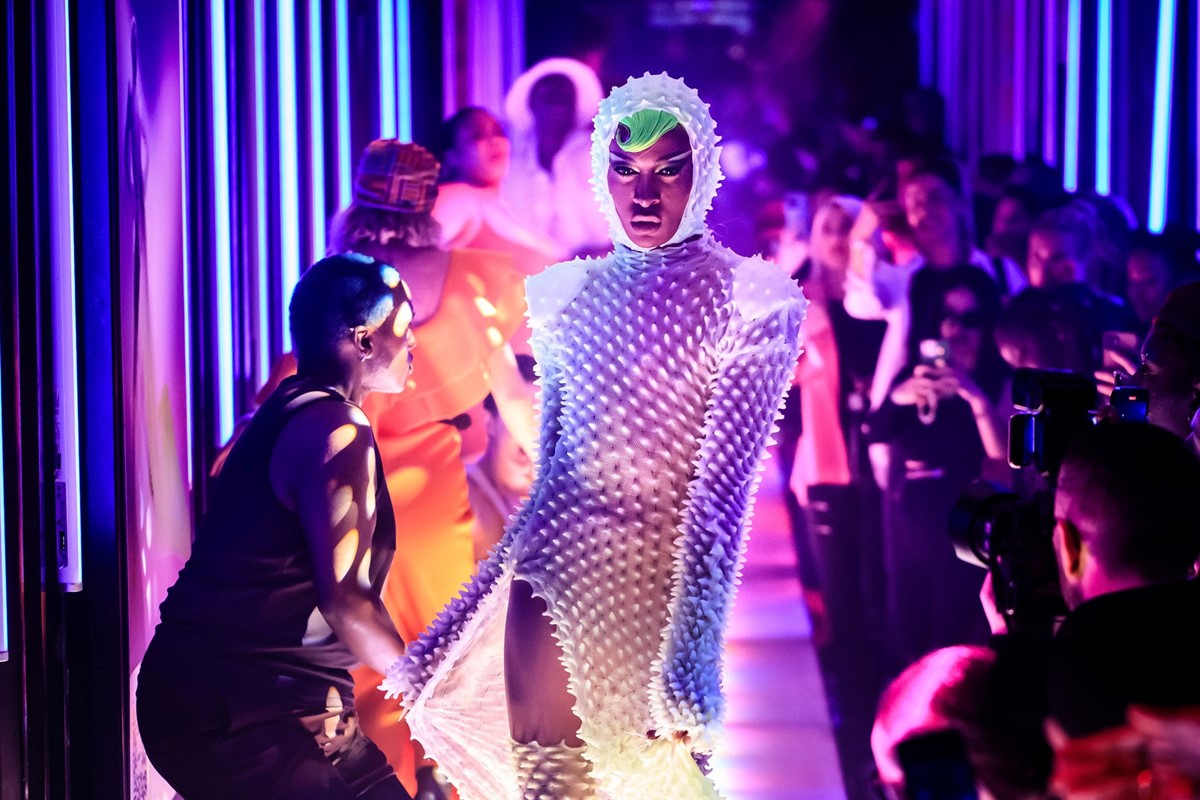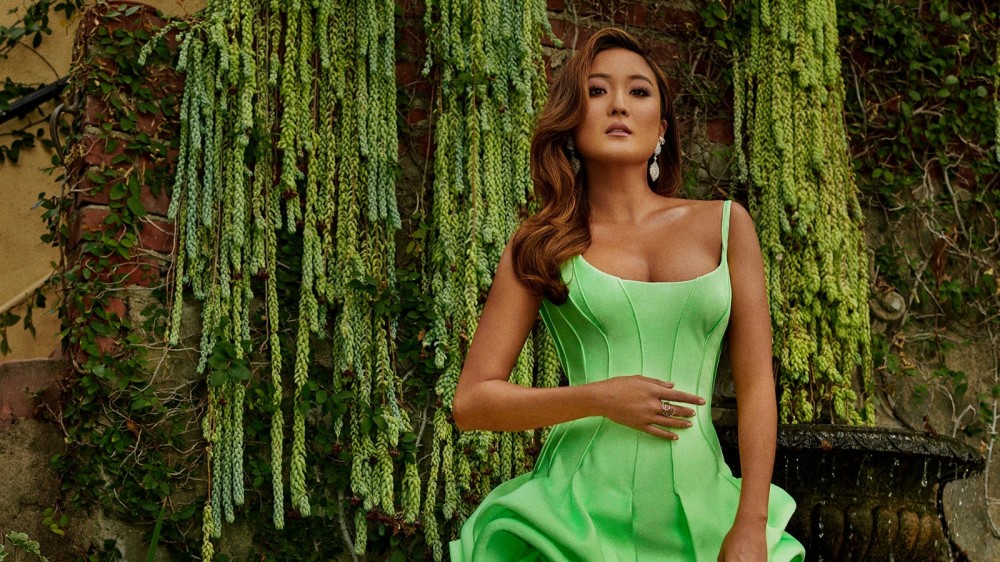As worn by the first ever K-Pop icon to walk NYFW, the designer’s take on menswear wasn’t so much for men, but literally anyone with a body
It’s hard to believe that it’s taken this long for a K-Pop star to make a proper New York Fashion Week cameo. Though members of BLACKPINK and BTS have lined the front rows of major maisons for the past couple of seasons, it was Peter Do who first put an Icon to work – casting NCT member JENO in as the protagonist of his new menswear imprint. “It was a natural choice to have JENO open the show. JENO embodies the Peter Do man – multifaceted, confident, and a trailblazer,” Do explained in a press release. “I have so much respect for these artists because there is so much time put into their craft that people simply don’t see. Few realise the intensity of what is happening behind the scenes to achieve the end product; it’s very similar to fashion so I identify with that process very much.”
A collaboration with SM Entertainment, Red Velvet’s Seulgi and SMROOKIES’ Shohei and Eunseok also emerged on the runway. While these appearances seem to contradict Do’s relationship with celebrity – he’s obscured his face with black masks since long before the pandemic – the designer’s decision to link up with the behemoth pop label holds personal resonance. Alongside a hand-written note, traditional biscuits from the first ever Vietnamese bakery in New York, a needle, thread, measuring tape, and a recipe from his late father, a tin box invitation included a CD mix tape with a QR code linking to a K-Pop Spotify playlist. “There’s the nostalgia of listening to Girls’ Generation songs on the bus on my way to school. And when we started the brand, we were listening to Red Velvet on repeat while building studio furniture,” he noted.

Wait, is Jordan Peele’s Nope alien wearing Iris Van Herpen?

Is Kanye West dumpster diving in Barnsley?

Pamela Anderson and Kyle MacLachlan meet in Marc Jacobs’ Heaven

8 rising designers you won’t find at fashion week
Do’s come a long way since then and today’s menswear offering further widened his horizons – even despite customers of all genders already buying into his sharp, languid fashions. Schooled under Phoebe Philo, there was something that felt particularly edifying about the designer’s take on mens clothing; it wasn’t a “younger brother” to the Peter Do woman, but an equal. A broadened shoulder here, a tapered waist there, masc-presenting models wore studded platform boots, pleated skirts, overblown blazers, and leather slacks that pooled at the ankle. In a tribute uploaded to Instagram before the show, Do reflected on the timewarp he experienced after his father’s passing – “Dad’s have a tendency of doing that don’t they?“ – which gave new meaning to his signature too-big tailoring, creating the impression of children trundling out in their parents’ work suits.
Backless and cinched with a trailing belt, those jackets gave way to lustrous side-slit trousers, assymetric and double-belted knife pleat skirts, floor-skimming trench coats, starchy shirt-dresses, and enormous messenger bags that looked at home on all the models storming through the 59th floor of a New York high rise. But the Peter Do look is tomboyish by nature and these pieces are clearly designed to be shared, so perhaps this is less about approaching menswear as a distinct category and more about welcoming people of all shapes and sizes into clothes – not unlike Miuccia Prada’s AW22 collection at Miu Miu, which made men’s and women’s styles ambiguous. At a point when gendered clothing is beginning to feel tired, Do’s debut sets a precedent for a future default.












